As part of a larger effort to introduce what officials are calling “flexibility” to the clothes sailors wear, Naval Personnel Command released uniform reforms designed to address everything from blizzard weather conditions to your next swim test.
With winter descending on sailors in northern climes, officials announced Monday that the black neck gaiter is reauthorized during “extreme cold weather conditions."
But it can be worn only with the cold weather parka, Navy working uniform type II/III parka, pea coat, reefer and all weather coat.
“Regional commanders will promulgate policy that determines when neck gaiters may be worn within their area of responsibility,” wrote Navy spokesman Lt. Cmdr. Adam R. Cole in an email to Navy Times, adding that commanding officers afloat set the standard for their vessels.
Officials also announced that they’re working to improve the NWU and cold weather parka black fleece liner by adding an outer fabric that resists rain and wind, an attached tab for rank or pay grade, and two side-access pockets that zip closed.
Tabs that fall on female sailors’ chests have irked some personnel and Navy leaders are considering their concerns during the fleece-liner redesign.
“Navy uniform components are constantly under review for functionality, performance, appearance and applicability,” said Cole. “The location of rank on uniforms and outerwear such as the black fleece liner is currently under review for design improvements.”
RELATED
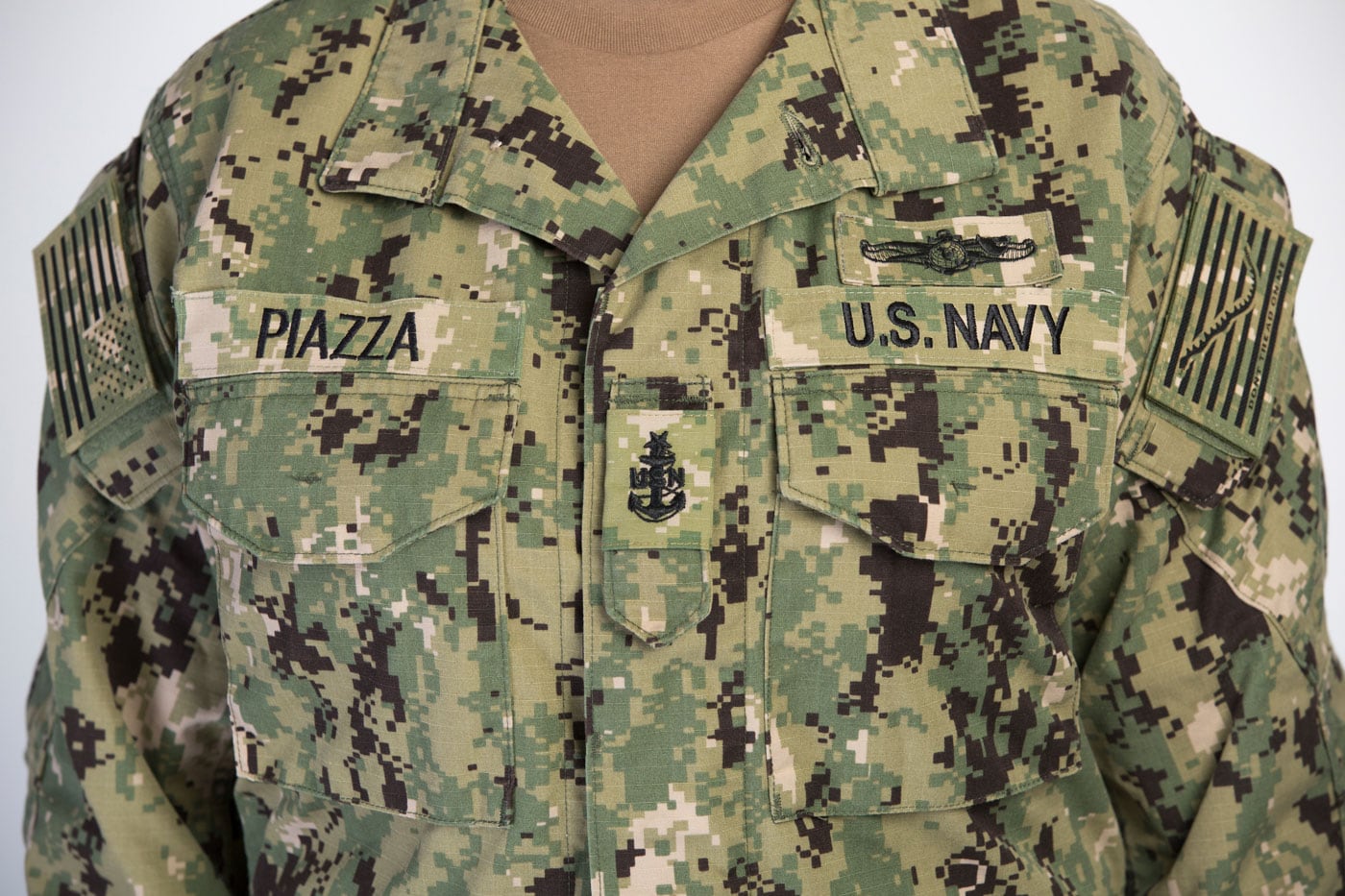
For sailors opting for the swim portion of the semi-annual Optional Physical Readiness Test, two-piece swimwear for both men and women is authorized now.
Full body swimwear will be allowed for those who opt for the pool during their swim quals and PRTs, too, but the Navy won’t issue it. These are commercial products sailors purchase.
Male sailors also can wear the standard PTU shorts, square trucks or board shorts with the PTU shirt or rash guard top (short or long sleeve) during the swim test.
The Gold Star Lapel Button and Next of Kin Lapel Button now can be worn with service dress and full dress uniforms for survivors of deceased service members.
And chief warrant officers with the 728X designator can begin wearing the acoustic technician CWO insignia. Officials believe the change will affect no more than 25 personnel.
In a prepared statement emailed to Navy Times, officials said that the latest reforms stem from Navy leadership directives, command-sponsored requests and fleet feedback.
RELATED
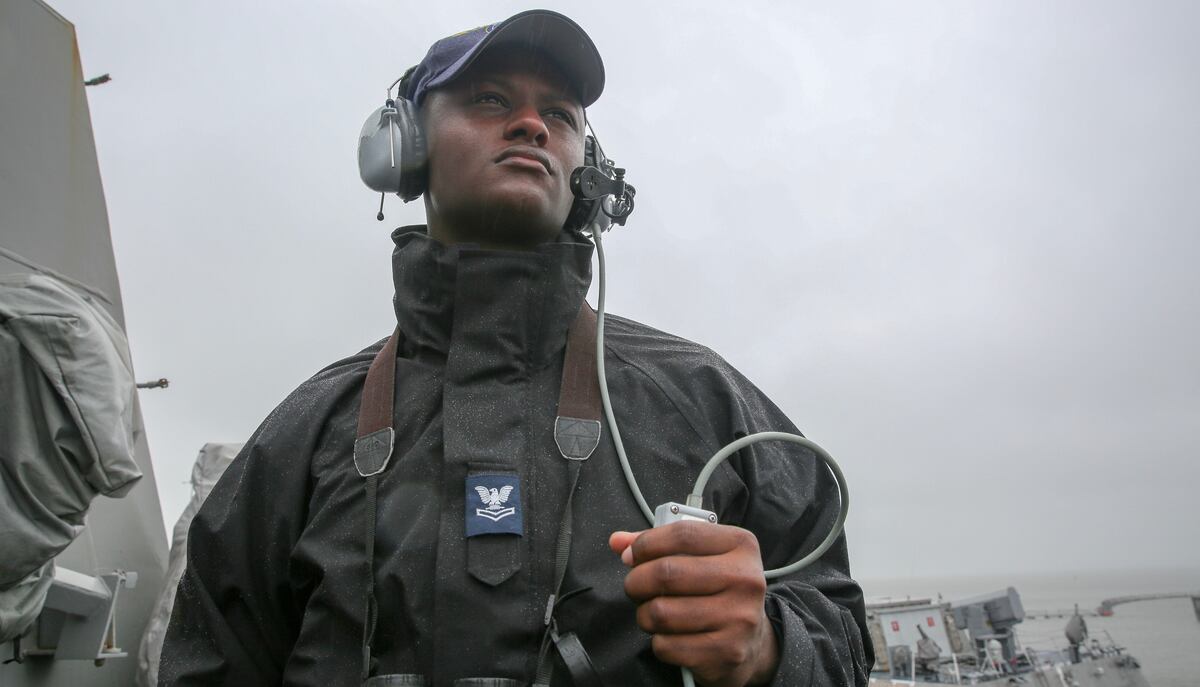
Officials haven’t said when the modifications will be finished, but the Navy is redesigning the summer white/service dress maternity shirt to “enhance appearance and functionality,” according to Monday’s statement.
To conform to a pregnant woman’s body, the improvements include adjustable side tabs cinched with three buttons and two side-seam hidden pockets.
The shirt is expected to rely on princess seams, long and rounded lines that will stitch portions of the garment together. Unlike darts, the full and continuous princess seams will run down the back and front of the shirt to tailor better the new blouse to a woman’s form.
The new design also will eliminate chest pockets, finally aligning the white maternity shirt with current styles for the service khaki and Navy service uniform.
“While there is no firm date when the improved white maternity shirt will be available, efforts are well underway to expedite it becoming a reality,” said Cole.
At the end of the federal fiscal year, the Navy counted about 4,000 pregnant or postpartum sailors on duty.
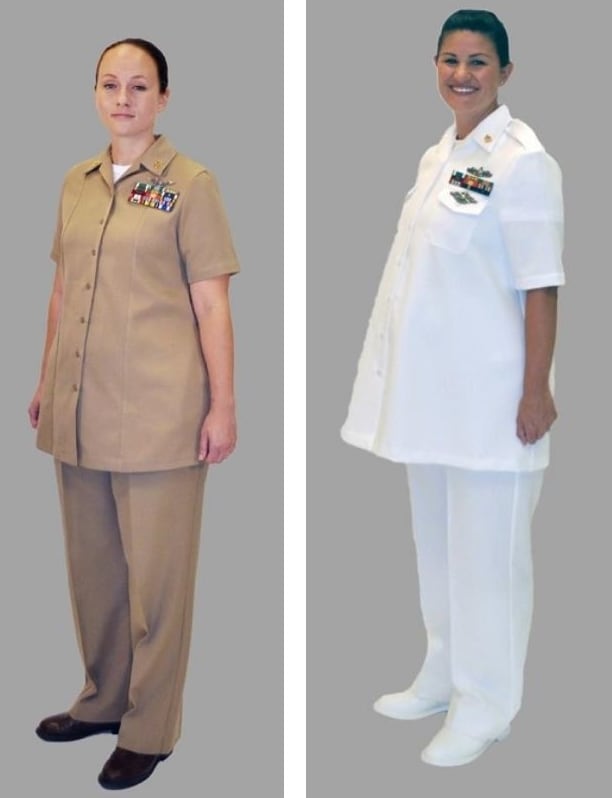
Officials also announced ongoing winter weather testing through December for the “I-Boot 5,” an effort by the Navy to upgrade the standard 9-inch NWU boot, issued safety footwear maligned for being unsafe, poor fitting, uncomfortable, untrustworthy on some surfaces, difficult to break in and plagued by durability problems.
The formal evaluation, a survey of participants and a final report to Navy leaders are expected to arrive on the desk of senior leaders in early 2020, according to the statement.
It comes on the heels of low initial sales for the expensive I-Boot 4.
The Navy estimates that sailors replace boots every two years, so the sea service allocates half of a replacement cost for an issued boot annually — $45.99 — to enlisted sailors for future purchases.
Earlier in the year, a standard seabag replacement boot retailed for $91.98, but the optional I-Boot 4 set a sailor back $166.31.
Relying on leaked internal documents that reached the highest levels of the sea service, a Navy Times probe published in January revealed that senior leaders more than three years ago began to believe that the standard boots issued by the Navy could cause sailors to fall off a ladder, but they failed to warn the fleet.
Conceding that the I-Boot 4 also wasn’t likely to fully fix the problems raised in the Navy Times investigation, officials said that the I-Boot 5 was being tested for increased slip resistance, traction and fighting FOD — the debris on flight decks that can cause foreign object damage to jet engines.
Officials said Monday they don’t have an estimated price tag for the boots or a tentative date for when pairs will hit store shelves.
RELATED
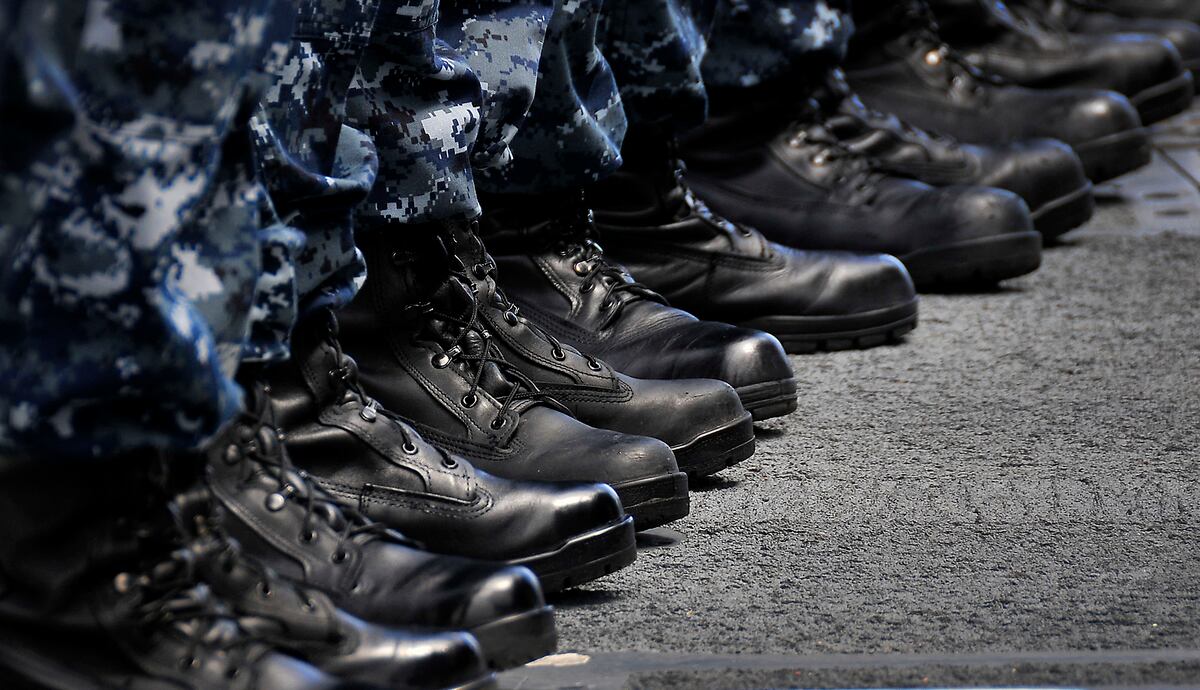
To keep up on these revisions, the Navy offers the MyNavy UNIFORMS App for downloading.
It was called the “OPNAV Uniform Regulations App” before a July rebranding.
The new app includes the latest revisions to Chapter 2 (grooming) and Chapter 5 (identification badges, breast insignias, awards, aiguillettes, brassards, buttons, boatswains pipe/lanyard) plus information about the reg reforms issued Monday.
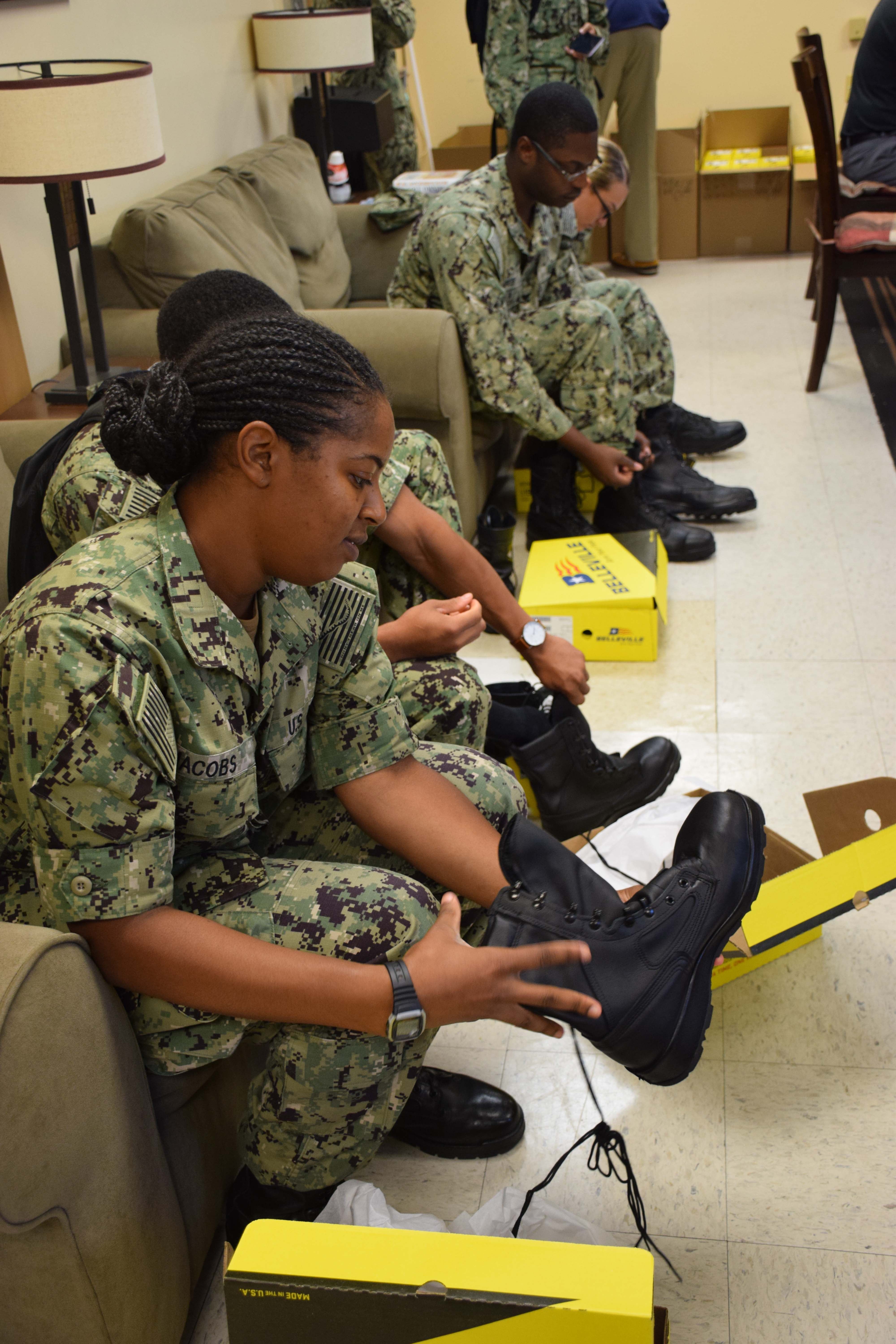
Prine came to Navy Times after stints at the San Diego Union-Tribune and Pittsburgh Tribune-Review. He served in the Marine Corps and the Pennsylvania Army National Guard. His awards include the Joseph Galloway Award for Distinguished Reporting on the military, a first prize from Investigative Reporters & Editors and the Combat Infantryman Badge.




